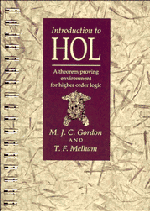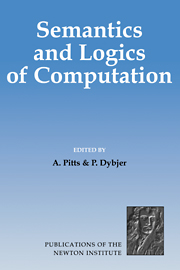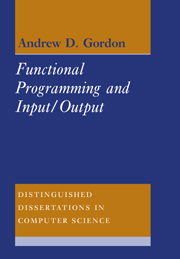Higher Order Operational Techniques in Semantics
Most object-oriented or functional languages are higher order languages, i.e. ones in which the means of manipulation (e.g. object or function) can itself be manipulated. This 1998 book contains a collection of original articles about recent developments in operational semantics for higher order programming languages by some of the leading researchers in the field. Operational techniques are important because they are closer to implementations and language definitions than more abstract mathematical techniques such as denotational semantics. One of the exciting developments reflected by the book is that mathematical structures and techniques used in denotational semantics (such as fixpoint induction) may be recovered from a purely operational starting point. The book surveys and introduces techniques such as contextual equivalence, applicative bisimulation, logical relations, improvement relations, explicit models of memory management, and labelling techniques for confluence properties. It treats a variety of higher order languages, based on functions, processes and objects, with and without side effects, typed and untyped.
- First book in the subject, and first time much of the material has appeared in book form
- Contributors are leading authorities
- Leading edge of research
Product details
No date availableHardback
9780521631686
400 pages
236 × 157 × 25 mm
0.64kg
Table of Contents
- Introduction
- 1. Operational reasoning about primitive objects A. Gordon
- 2. Semantics for core concurrent ML with computation types A. Jeffrey
- 3. Relational reasoning about contexts S. B. Lassen
- 4. Labelling techniques and typed fixed-point operators J. Mitchell, M. Hoang and B. T. Howard
- 5. Semantics of memory management for plymorphic languages G. Morrisett and R. Harper
- 6. Operational reasoning for functional languages with local state A. Pitts, I. Stark
- 7. Improvement theory and its applications D. Sands
- 8. The coverage of operational semantics S. F. Smith
- 9. Reasoning about functions with effects C. Talcott.






